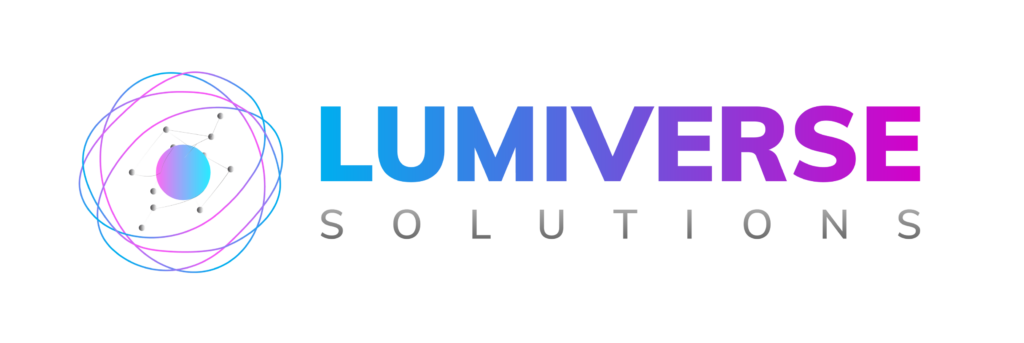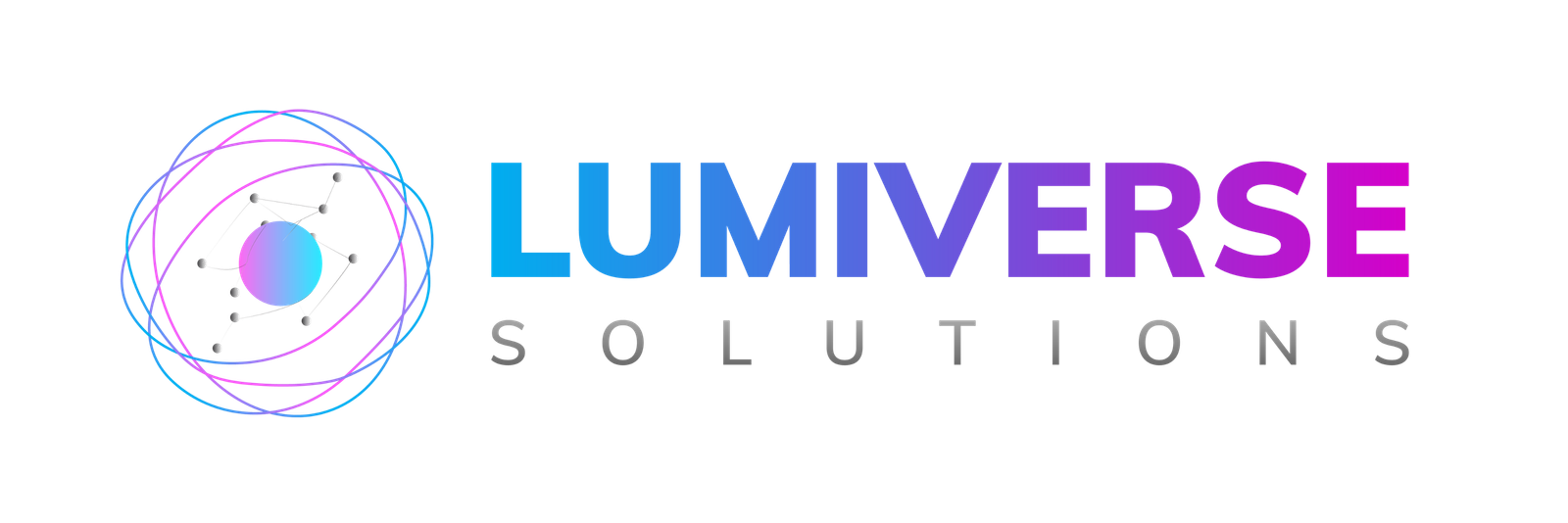Top Cybersecurity Predictions For 2025 You Need To Know
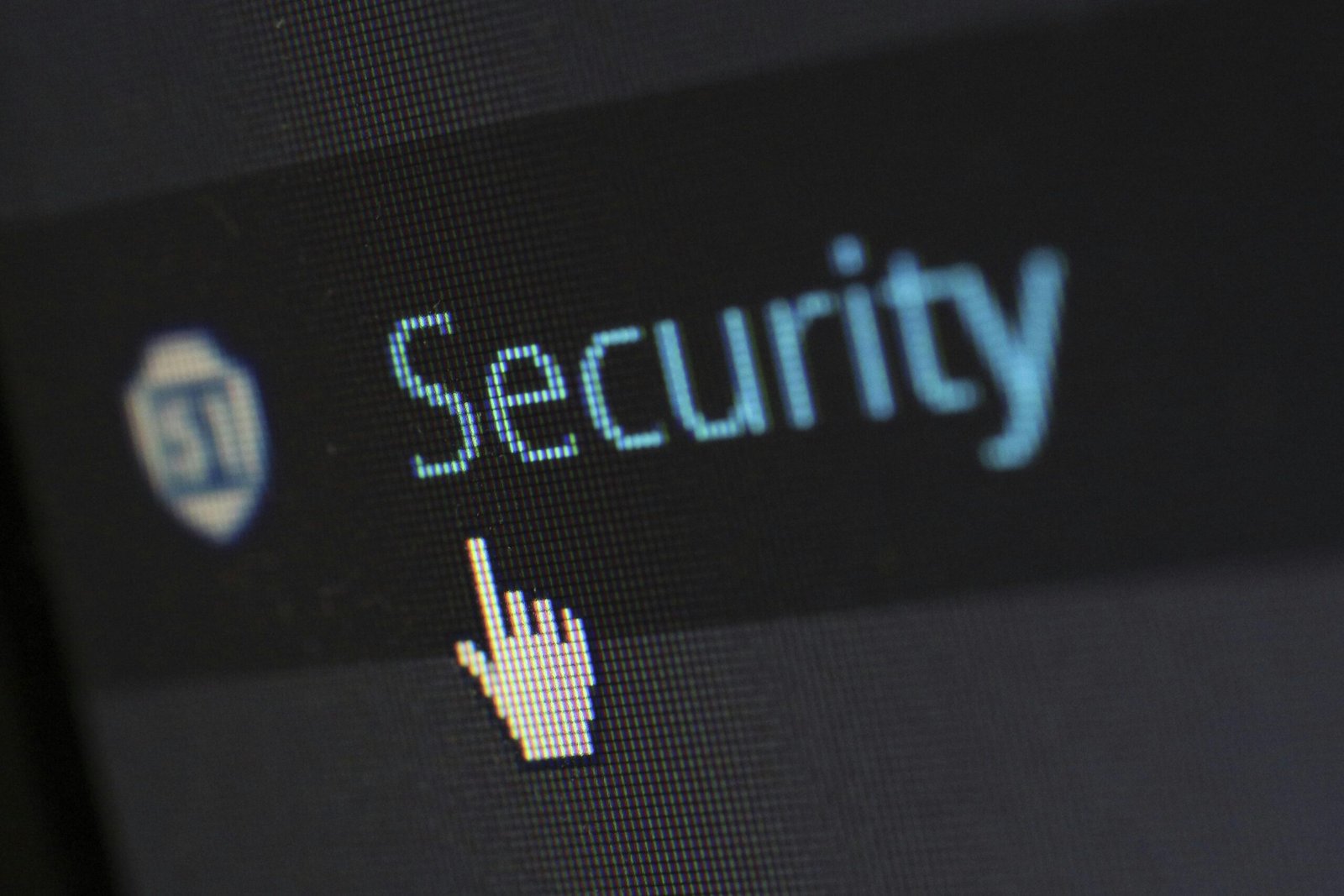
INTRODUCTION OF Cybersecurity Predictions For 2025
By 2025, cybersecurity will advance in ways to an extent that the world has never seen before. With technology dependence, and cyber threats becoming more sophisticated, organizations should prepare for a broader wave of challenges. In this blog, we are going to discuss Cybersecurity Predictions For 2025, and break down the trends shaping the security landscape. Understand future cybersecurity threats and solutions from advanced AI-powered attacks to zero-trust frameworks.
1. The Emergence of AI-Powered Cybersecurity Threats
Artificial intelligence (AI) is the new frontier that will define the future of cybercrime. Cybersecurity Predictions for 2025 states that AI-driven attacks will become more mature. Perpetrators will use AI to make phishing more automatic and scalable so that it is more convincing and less detectable in nature. These AI systems will adapt in real-time, learning from their environment, which means they will become better at exploiting vulnerabilities and evading traditional defense systems. AI can also be used for social engineering attacks, making it imperative for businesses to invest in AI-driven defense systems.
Impact of AI Cybersecurity Threats:
Increased speed of attacks: AI allows cybercriminals to launch sophisticated attacks in a fraction of the time.
Customized phishing attacks: AI will enable hackers to craft targeted phishing emails of impossible means, which cannot be differentiated from actual communications.
Automated attacks: AI will automate types of credential stuffing and brute force attacks, making it intensely effortless for cybercriminals.
In response to these, businesses require security tools equipped with AI that have the capacity to predict identify and neutralize threats before they grow bigger.
2. Quantum Computing Threat to Cryptography
As quantum computing itself advances, so do the risks it poses toward current cryptographic protocols. Based on “Cybersecurity Predictions For 2025,” at the end of the decade, quantum computers may be able to crack encryption methods currently considered secure, like RSA and AES. This can potentially put critical information at risk-from personal information to corporate secrets and government communications.
How Quantum Computing Will Impact Cryptography
Breaking the traditional encryption: Quantum computers would solve the complex mathematical problem exponentially faster as compared to classical computers. These can threaten the traditional encryptions.
Post-Quantum cryptography: Scientists have already started finding quantum-resistant algorithms, though adoption may take time. We may already see the implementation of quantum-safe encryption by 2025.
In anticipation, organizations have to start shifting towards the quantum-resistant encryption standard to ensure the security of sensitive information.
3. Zero Trust Security Framework in 2025
The Zero Trust security model is not a new concept, but its importance in Cybersecurity Predictions For 2025 is more relevant than ever. As organizations move toward digital transformation and adopt hybrid work models, traditional perimeter-based security becomes less effective. The Zero Trust model, which assumes that threats could be internal or external, is designed to protect data, networks, and systems by continuously verifying every request for access.

Authentication and authorization: Every access request originating from inside and outside of the organization will demand multi-factor authentication and continuous verification.
Micro-segmentation: In 2025, Zero Trust will advance to include micro-segmentation techniques that only support access on a need-to-know basis by breaking up the network into smaller segments.
AI integration: The Zero Trust model will most probably harness AI to analyze an access request based on user behavior analytics in real-time.
The Zero Trust model will be the only strategic approach for businesses to address present and future risks of insider threats, phishing, and data breaches.
4. Continued proliferation of Ransomware Attacks
Ransomware will continue to be one of the most destructive forms of cybercrime, according to Cybersecurity Predictions For 2025, showing that ransomware attacks are only growing in frequency and sophistication. High-value targets such as healthcare organizations, critical infrastructure, and large corporations are increasingly targeted by cybercriminals.
How Ransomware Attacks Are Evolving in 2025:
Ransomware-as-a-Service: With the advent of Ransomware-as-a-Service (RaaS), even the most unskilled attackers can unleash devastating attacks through the purchase of ransomware tools.
Double extortion tactics: In addition to encrypting data, attackers will steal sensitive information and threaten to release it unless the ransom is paid.
Targeting backup systems: Attackers are becoming more adept at targeting and corrupting backup systems, making it harder for organizations to recover.
Best Practices to Combat Ransomware:
Regular backups, preferably offline
Network segmentation
Continuous training of employees on phishing detection
5. Cybersecurity Challenges in the IoT Era
The higher the Internet of Things, the greater the security challenges. By 2025, millions of new IoT devices are expected to be introduced that would enlarge this attack surface.
Poor security practice of the default password and unsecured devices make IoT perfect for hackers.
Security Challenges in IoT in 2025
Weak security: Most of the IoTs lack robust security protocols, making them target hackers.
Botnet creation: Cybercriminals can take control of IoT devices to form massive botnets, which can be used for Distributed Denial-of-Service (DDoS) attacks.
Lack of standards: The lack of universal IoT security standards leaves devices with inconsistent security features, making it difficult to implement effective security measures.
Organizations must focus on securing IoT devices, adopting standards-based IoT security frameworks, and integrating these devices into their Zero Trust architecture.

6. Cybersecurity Forecasts for 5G in 2025
The beginning of the deployment of the 5G network worldwide means the internet not only will be more stable and faster but also give birth to healthcare, self-driving transport, and smart cities technologies. But with it also comes a new set of cybersecurity challenges.
How 5G Will Define Cybersecurity in 2025:
New attack surface: The interconnectedness of the objects will increase the attack surface with new paths to create.
Data interception: The increased speeds of 5G can accelerate the ease with which data packets are intercepted or spied on by hackers for data interception.
7. The Future of Identity and Access Management
With more and more businesses adopting cloud technology at a greater scale, traditional identity management software will be unable to cope. Cybersecurity Predictions For 2025 anticipate next-generation Identity and Access Management (IAM) solutions to become the spotlight for safeguarding digital identities.
IAM 2025 trends to watch out for:
AI-powered IAM solutions: AI would be used to detect unusual behavioral patterns and apply access controls automatically.
Password less authentication: Biometrics, behavioural analytics, and cryptographic keys will become the password substitutes in 2025 as the secure option for authentication.
Decentralized identity management: Decentralized identity solutions through blockchain technology will empower citizens with more control of their identity.
IAM solutions will be part of the fabric to prevent the risk of data breaches and authenticate only valid users for sensitive resources.

8. Blockchain and Cybersecurity: A New Era of Defense
Blockchain technology, which has also been associated with cryptocurrencies such as Bitcoin, will come under additional cybersecurity scrutiny in 2025. By ensuring decentralized and tamper-proof records, blockchain has the potential to bring more transparency, traceability, and accountability to cybersecurity operations.
How Blockchain Will Impact Cybersecurity in 2025:
Secure data exchange: Blockchain can enable secure, tamper-proof data exchange with reduced chances of data breaches in collaborative environments.
Enhanced identity management: Blockchain will be instrumental in decentralized identity management, allowing individuals to possess their digital identity independently of centralized organizations.
Smart contract security: Smart contracts that use blockchain can potentially balance human fallibility and malicious tampering, making them apt to automate cybersecurity functions such as secure authentication and authorization.
Since blockchain is being deployed in many sectors, companies will have a chance to utilize its advantage in an effort to create more secure security systems.
9. Artificial Intelligence and Machine Learning in Cybersecurity Defense Systems
Artificial Intelligence (AI) and Machine Learning (ML) will continue to reshape the 2025 cybersecurity scenario, both as a threat and a protection. AI-driven cyberattacks are growing on a day-to-day basis, but AI is also being used to create sophisticated defense mechanisms that can detect, analyze, and counter threats in real-time.
The Role of AI and ML in Cybersecurity in 2025
Threat detection and response: AI will enable threats and anomalies to be identified faster than ever before with conventional methods, allowing response to be initiated at a quicker speed and stopping harm.
Predictive analytics: Machine learning will enable firms to anticipate future attack vectors from past experiences, which will enable defenses to be strengthened prior to the attack.
AI-driven security solutions: AI-driven security solutions will be in a position to automate such low-level manual processes like patching, vulnerability scanning, and incident response, lowering the burden on IT teams and generally enhancing security posture.
Incubation of AI and ML with cybersecurity projects will be pivotal to organizations poised to remain one step ahead of cybercrooks in 2025.
10. The need for Cybersecurity Skill Development in 2025
With the changing dynamics of cyber threats, the world needs more advanced cybersecurity professionals who will be capable of addressing the advanced threats that have been forecasted for 2025. Companies will need to invest time training existing employees or recruiting new employees in order to address the skills shortage.
Specializations are concentrating: As technology keeps improving faster in the technologies of blockchain, quantum computing, and AI, the cybersecurity expert will have to concentrate on leading-edge technologies and how to protect them.
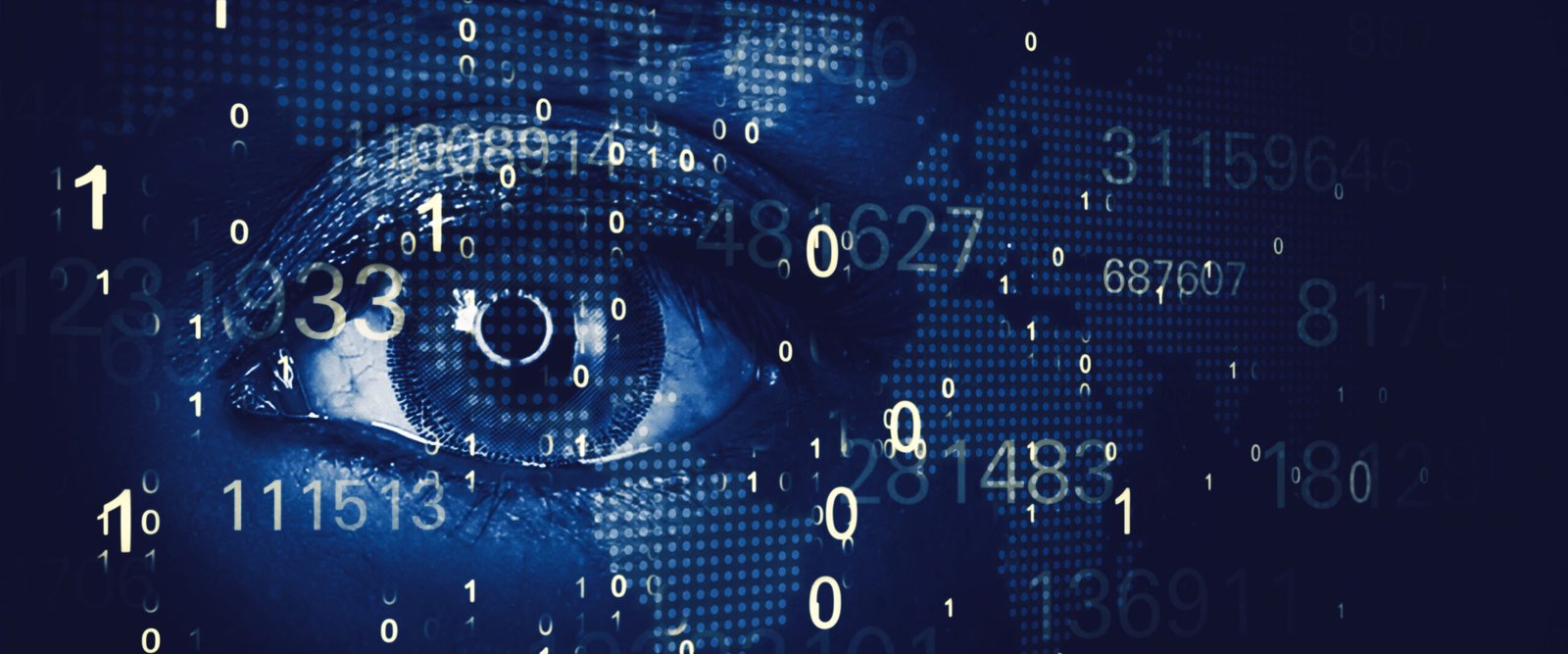
Conclusion: Ready for 2025 and Beyond
Since 2025 has gone into existence, businesses should remain vigilant in their cybersecurity approach keeping pace with the changing threat vector. Ranging from AI attacks to the danger of quantum computing, the threats are numerous, but efforts like Zero Trust adoption, AI defense, and identity management remain ahead of the curve. Cybersecurity Predictions For 2025 call for incessant innovation and security control updates.
Disclaimer:
The content of this blog is for general information purposes only. While every reasonable effort has been made to ensure the accuracy and reliability of the information, no representations or warranties are made with regard to the completeness, accuracy, or reliability of said information by Lumiverse Solutions.
The views and opinions expressed in this blog are the sole property of the author and must not be interpreted as the policy or stance of any organization or company. It is highly recommended to seek the advice of a professional or expert before making any technical or business decisions based on the content here.
Lumiverse Solutions is not responsible for any loss or damage, including without limitation, indirect or consequential loss or damage, arising from the use of or reliance on the content of this blog.
For specific advice regarding your business, cybersecurity, or legal issues, please consult a professional.
Recent Posts
Categories
- Cyber Security
- Security Operations Center
- Cloud Security
- Case Study
- Technology Trends
Vulnerability Assessment & Penetration Testing (VAPT)
Buy our VAPT services to identify vulnerabilities, simulate real-world attacks, and strengthen your systems against cyber threats effectively.

iso compliance service
Buy our ISO Compliance services to streamline processes, ensure security, meet global standards, and maintain industry certifications with ease.
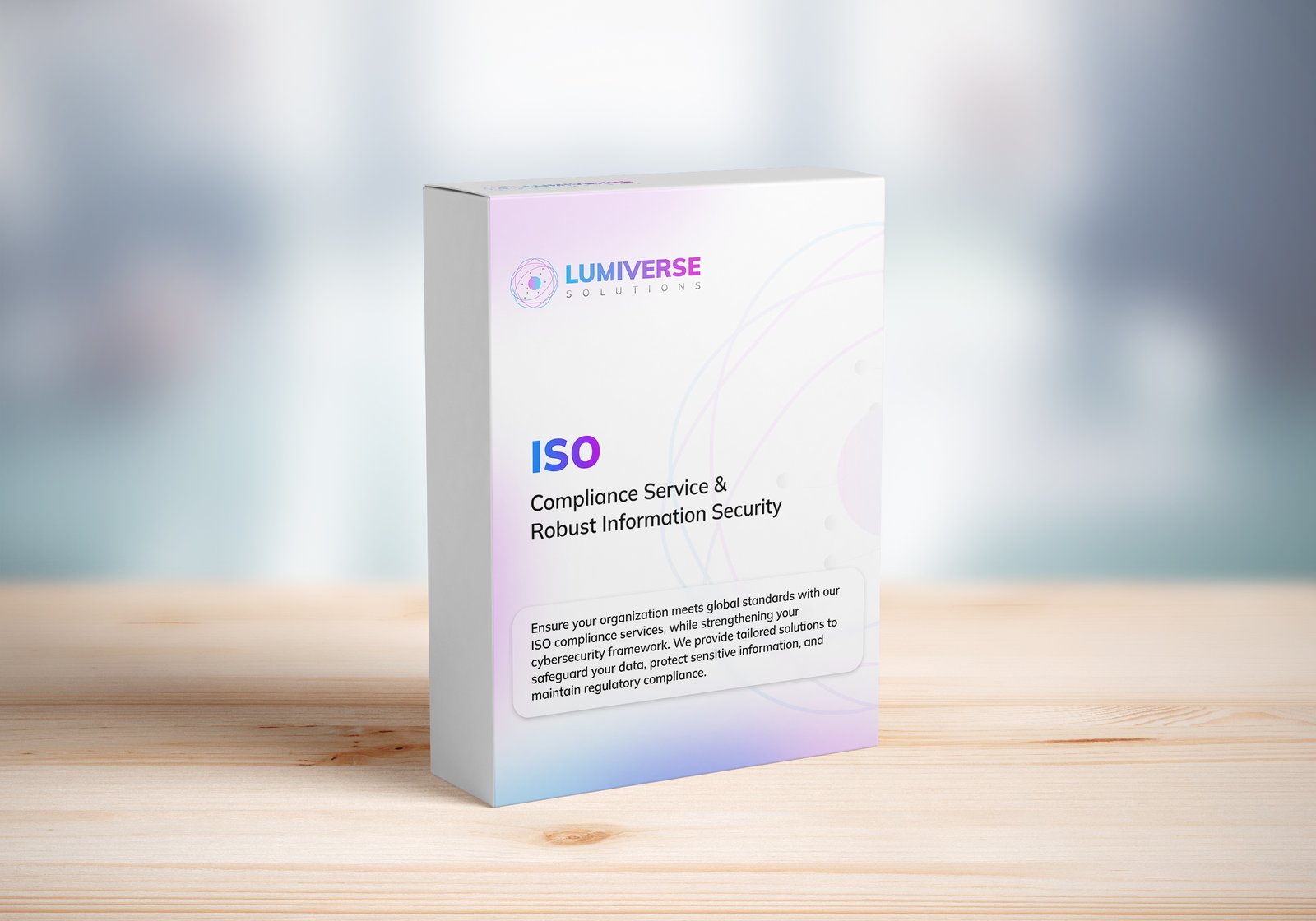
SOC 2 Compliance Audit
Ensure your business meets security, privacy, and compliance standards with our SOC 2 Compliance Audit services. Protect data, build trust, and stay secure. Buy our services today!
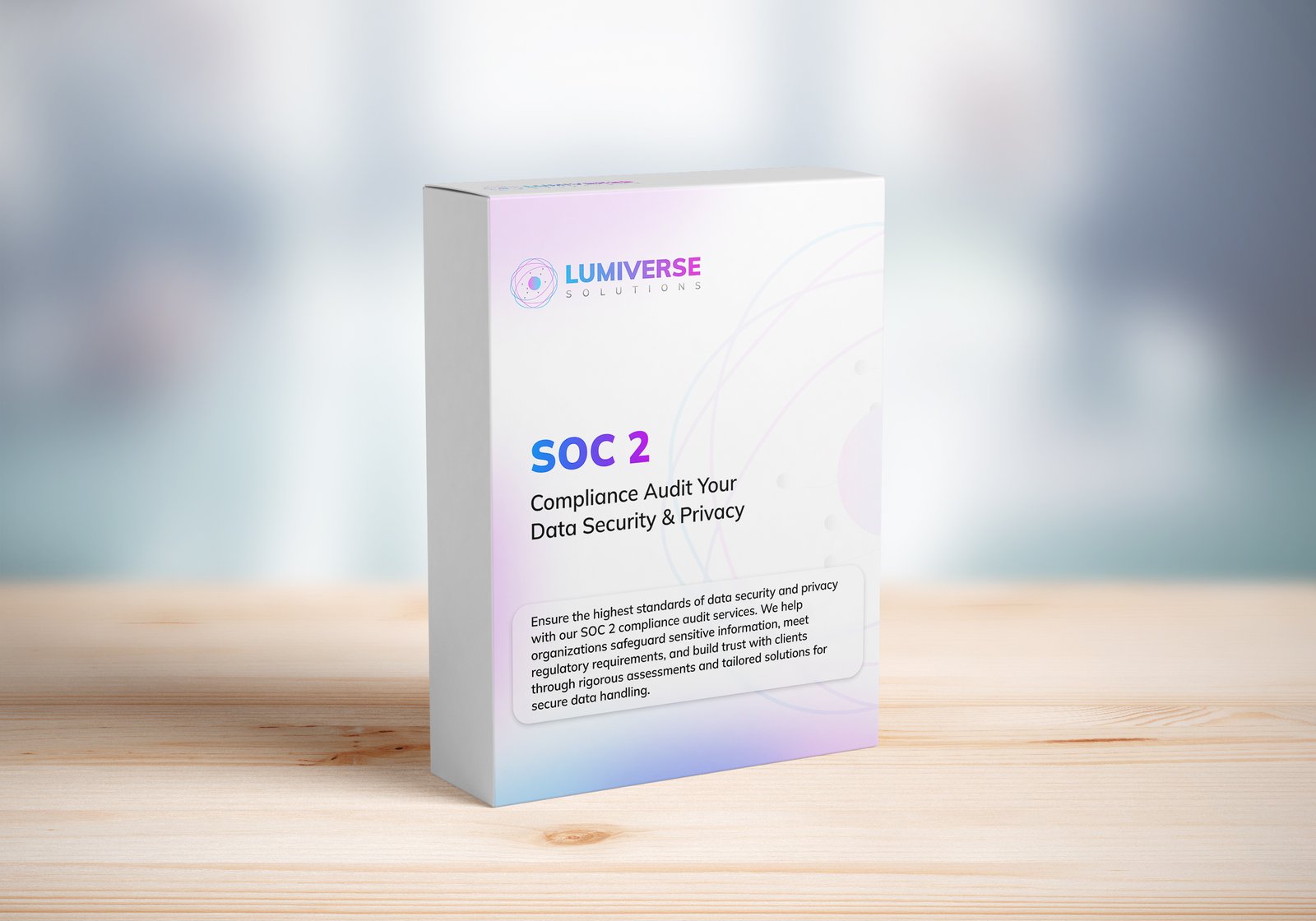
GDPR Compliance Audit Services
Ensure your organization meets GDPR standards with our expert compliance audit services. Protect data, avoid penalties, and enhance privacy practices. Buy our services today to stay secure and compliant!
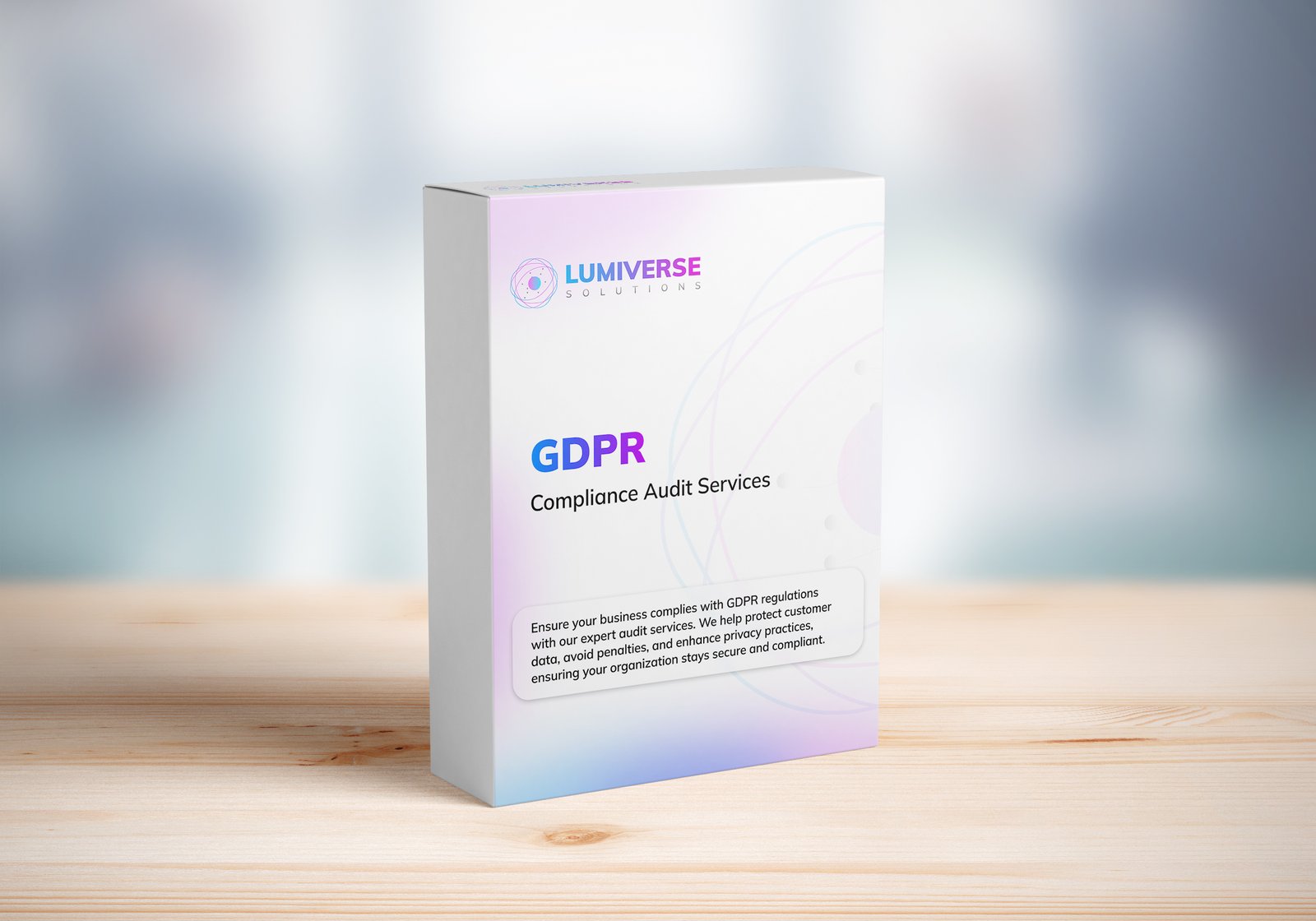
Subscribe to our Research
Enter your email address to subscribe to Lumiverse Research and receive notifications of new posts by email.
Tell Us Your Opinion
We value your perspective! Share your thoughts, feedback, or questions below. Your opinion matters and helps create a richer, more engaging conversation. Let’s connect and hear what you think about this post!
